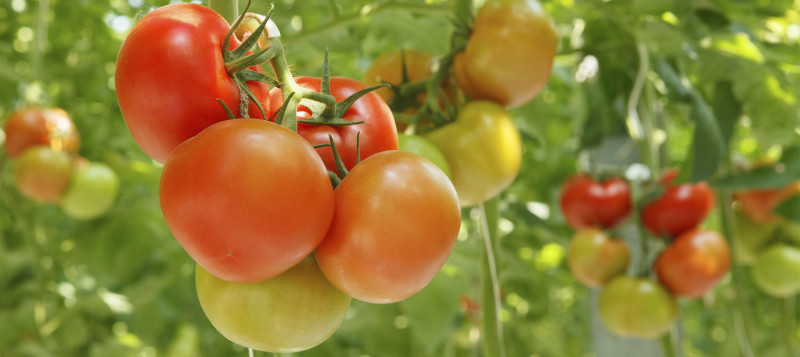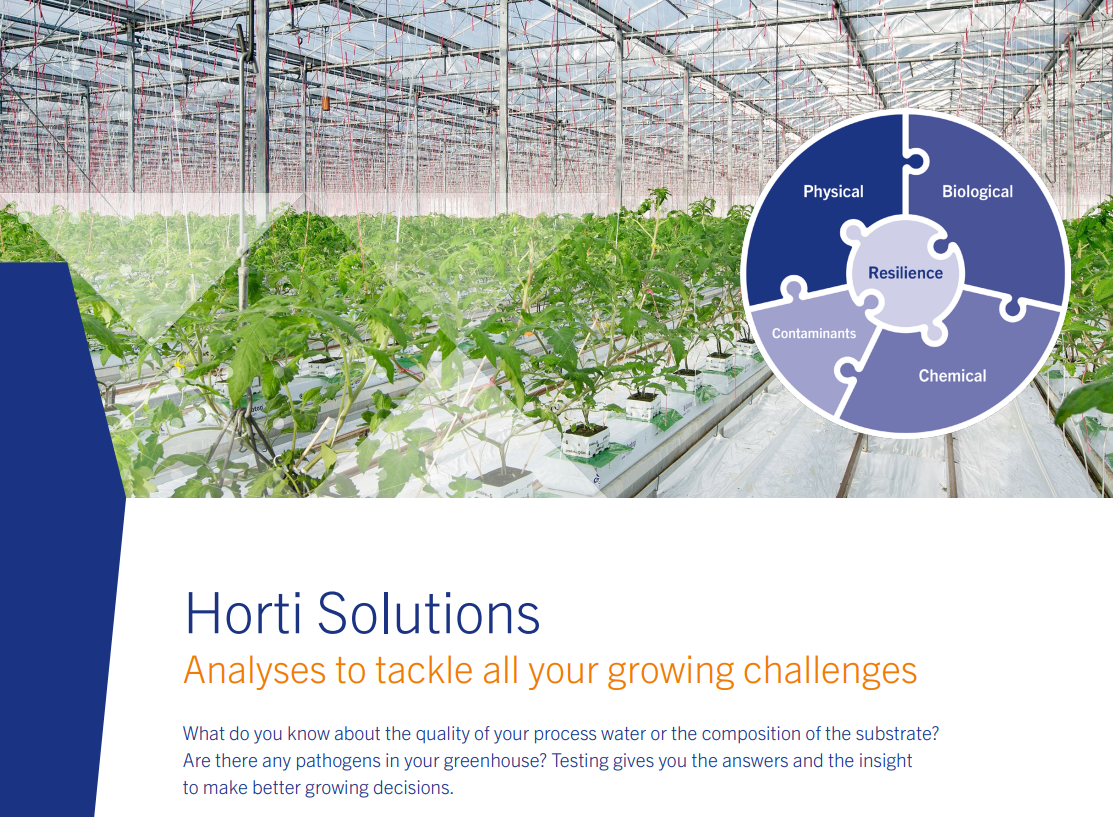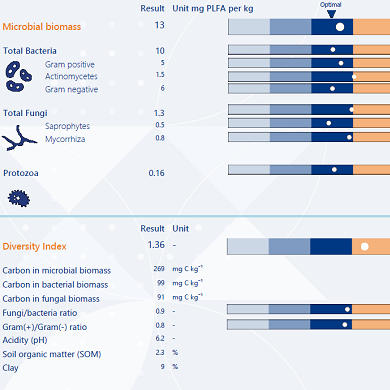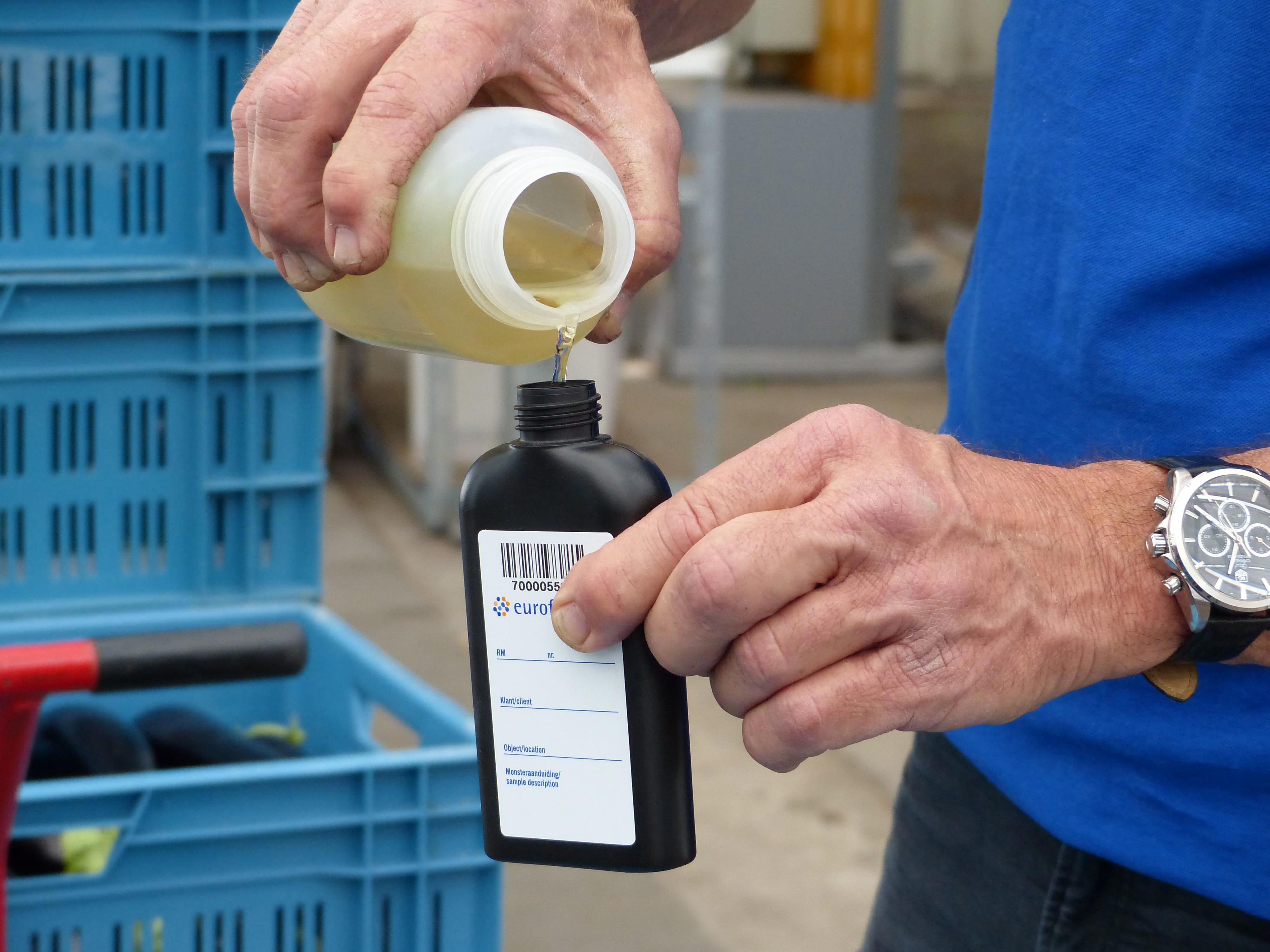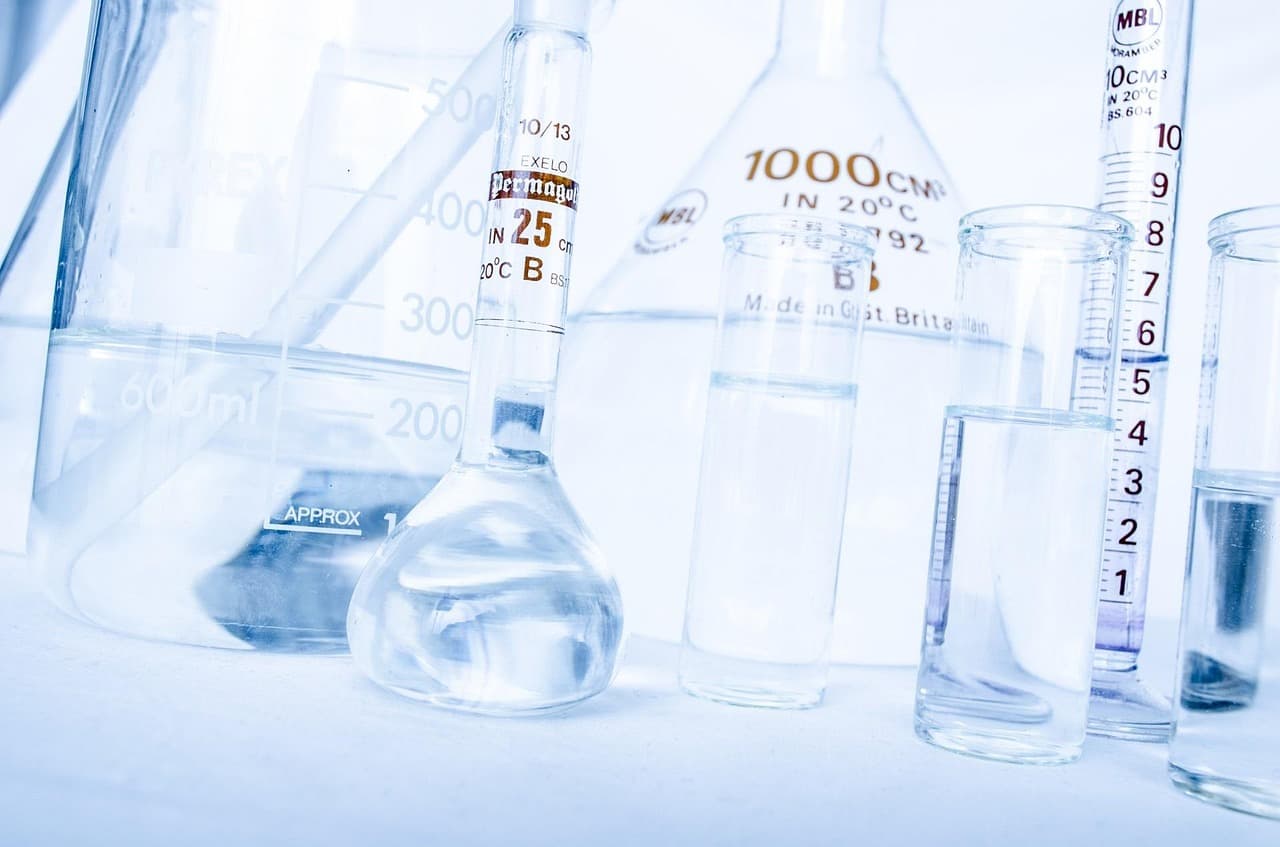Distinguish between beneficial microorganisms and pathogens
Detailed insight into the microbiome in soil, substrate and water is important because healthy soils and substrates are the basis for resilient growing systems. Next Generation Sequencing (NGS) allows us to understand what lives in the soil, substrate, or greenhouse water down to the species level. NGS microbiome profiling complements Soil Life Monitor and DNA Multiscan.
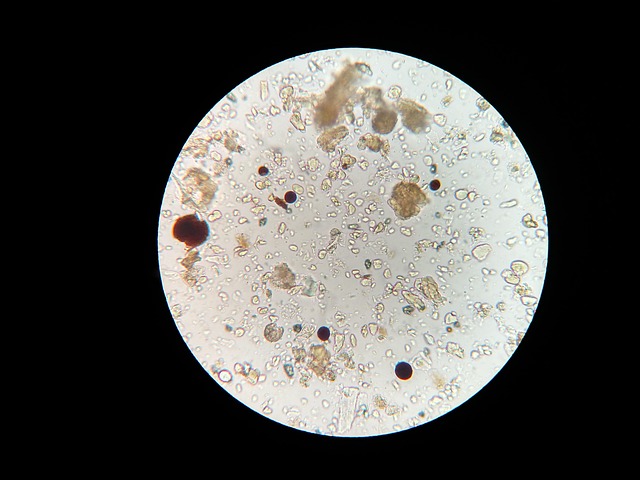
PLFA and DNA
Soil Life Monitor already gives us a picture of the functional groups of micro-organisms in the soil. This analysis is based on the ‘PLFA signature’ observed in a given sample. PLFAs are specific types of fatty acids found in the cell walls of all living organisms. But the Soil Life Monitor classification cannot distinguish between species. This makes it difficult to distinguish beneficial micro-organisms from pathogens.
Within a functional group, micro-organisms can behave very differently. For example, there are positive and negative fungi (Fusarium versus Trichoderma) and not all Gram-positive bacteria are positive in soil. As a grower, you want to know about all the different micro-organisms or the effect of a particular soil treatment.
In addition to Soil Life Monitor, we also carry out DNA Multiscan in soil, water and substrate. This test provides information on the presence of a number of pre-defined specific species in soil, water or substrate. However, it is primarily focused on plant pathogens.
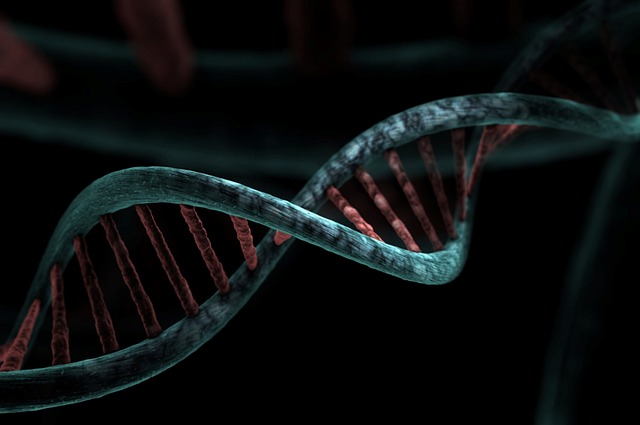
NGS technology
By analyzing the DNA of all micro-organisms, it is possible to distinguish between different species within a functional group. This is done using Next Generation Sequencing (NGS). This innovative technology accurately maps the DNA of micro-organisms.
NGS enables Eurofins Horti to fully characterize the DNA of the soil microbiome, enabling us to map the DNA of many fungi and bacteria. We can then type and visualize these fungi and bacteria present.
From data to interpretation
Visualisation provides a clear picture of what is living in the soil, substrate or water. And it makes it possible to distinguish the good from the bad species within a fungal or bacterial family.
Eurofins Horti is working to further develop this technology. We are currently investigating the functional interpretation and visualisation of the data obtained.

Method
Eurofins Agro analyses samples according to prescribed and established methods. The analysis report briefly describes the method. Here you can also see which method has been accredited by the Accreditation Council. We then put a Q after the method.
In the tab Downloads, in the document “Methoden Horticulture onderzoek” (in Dutch) you will find a detailed description of the methods. This document supplements the information on the analysis report

